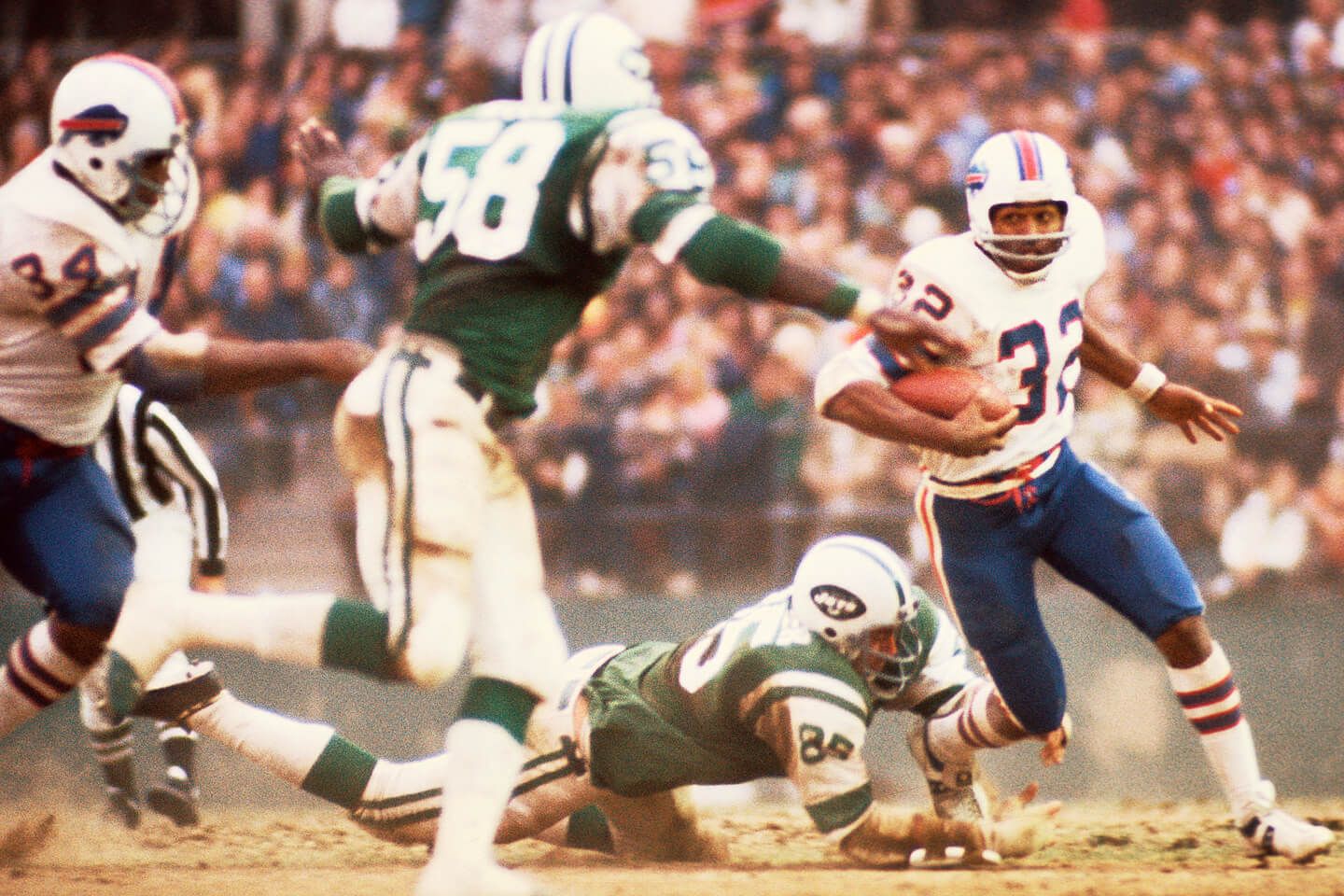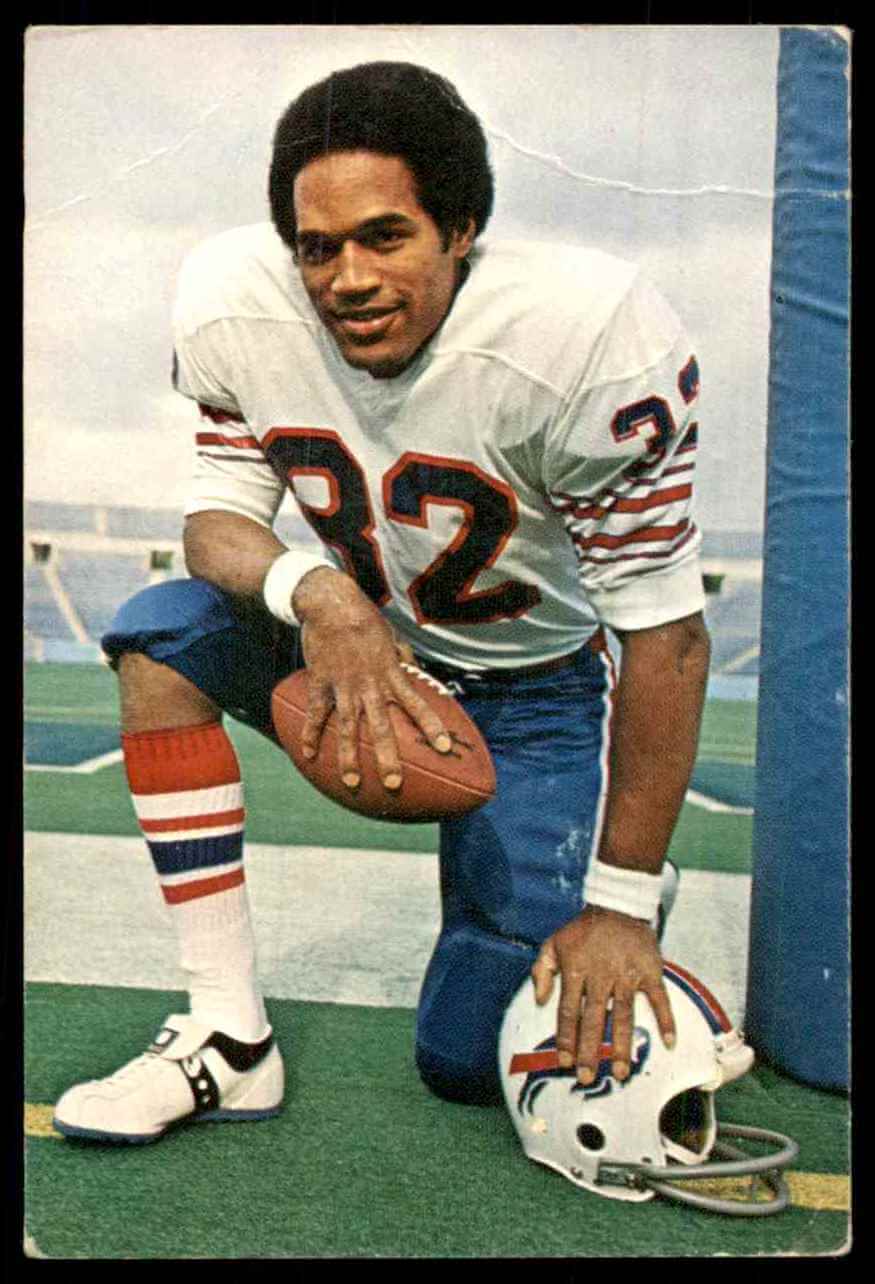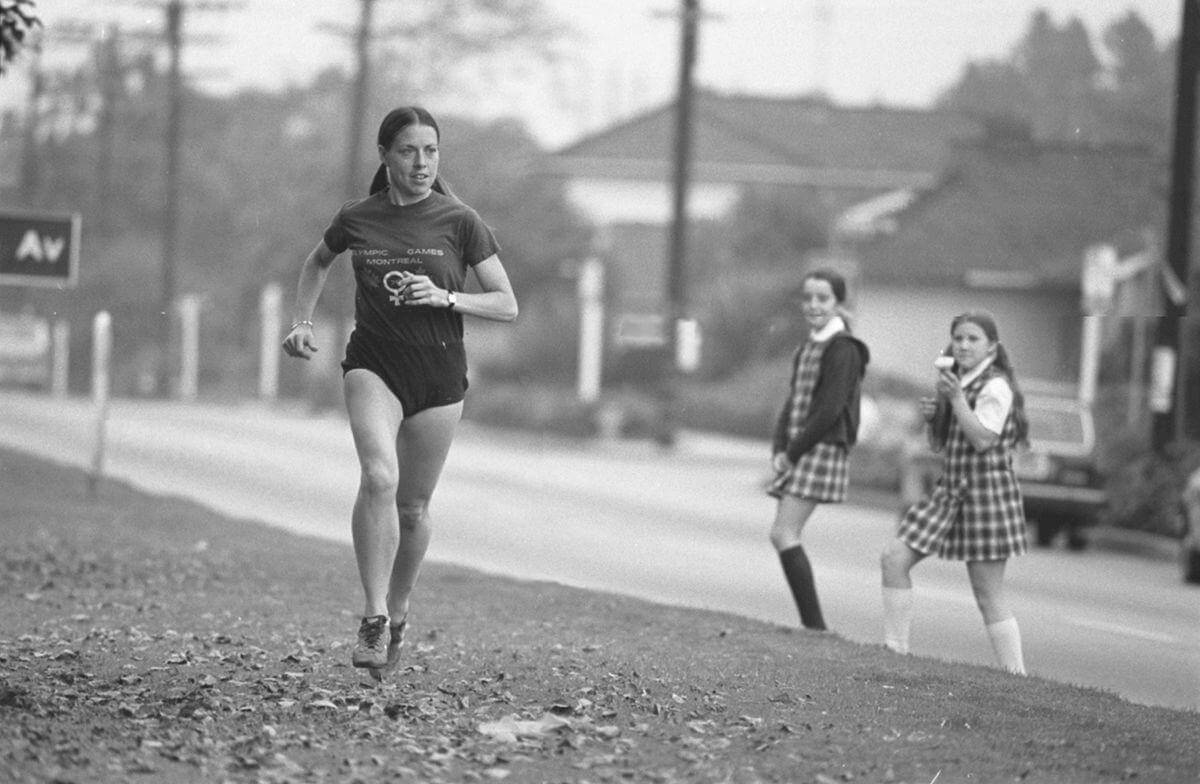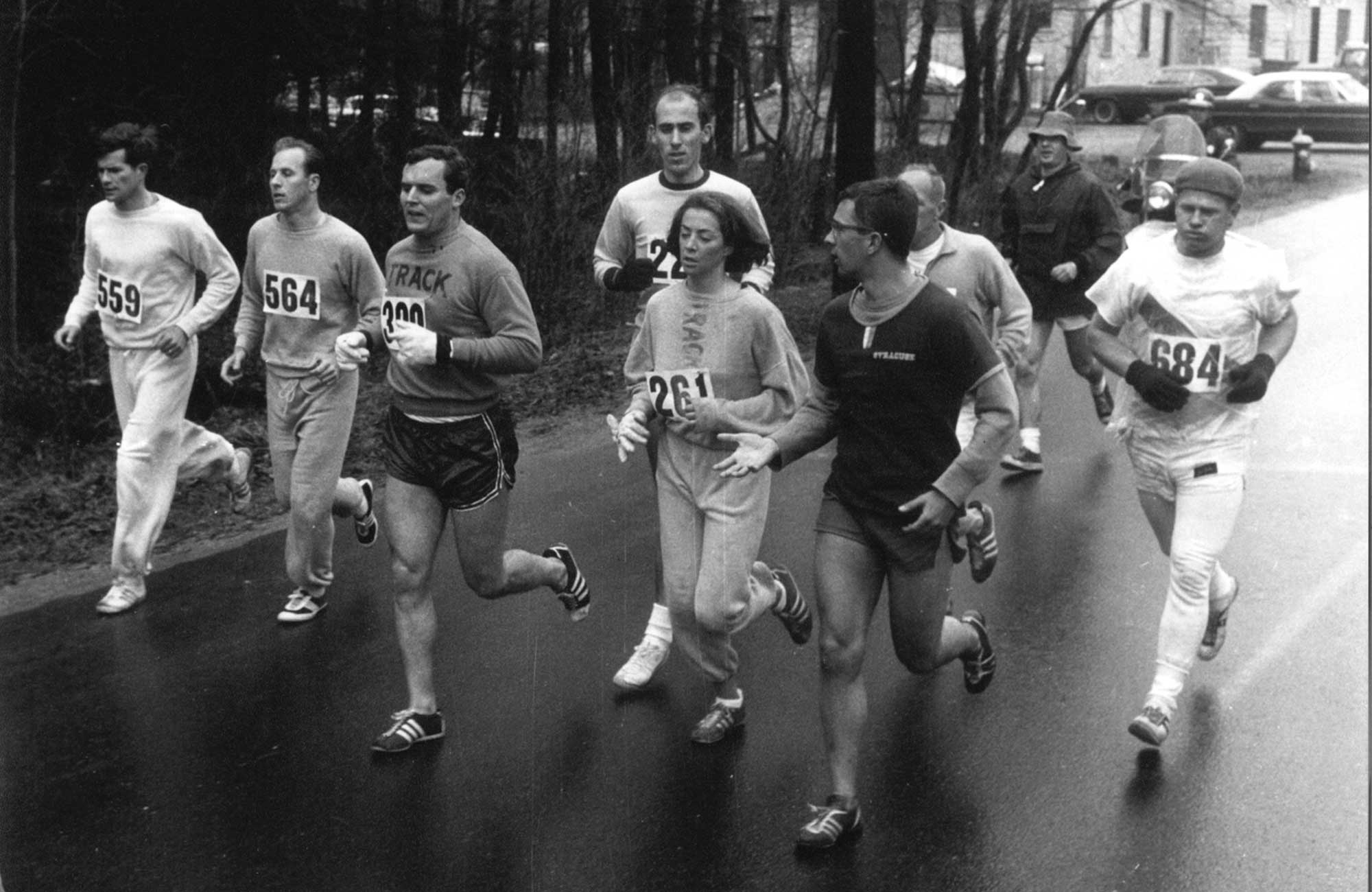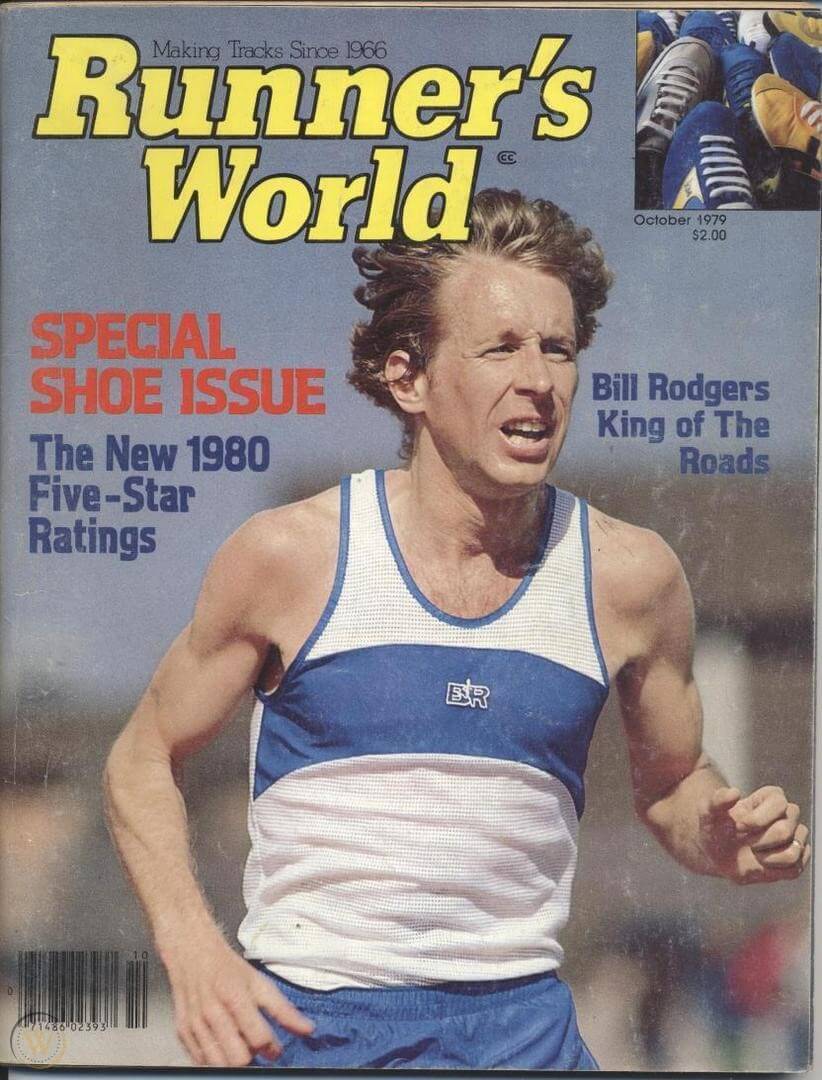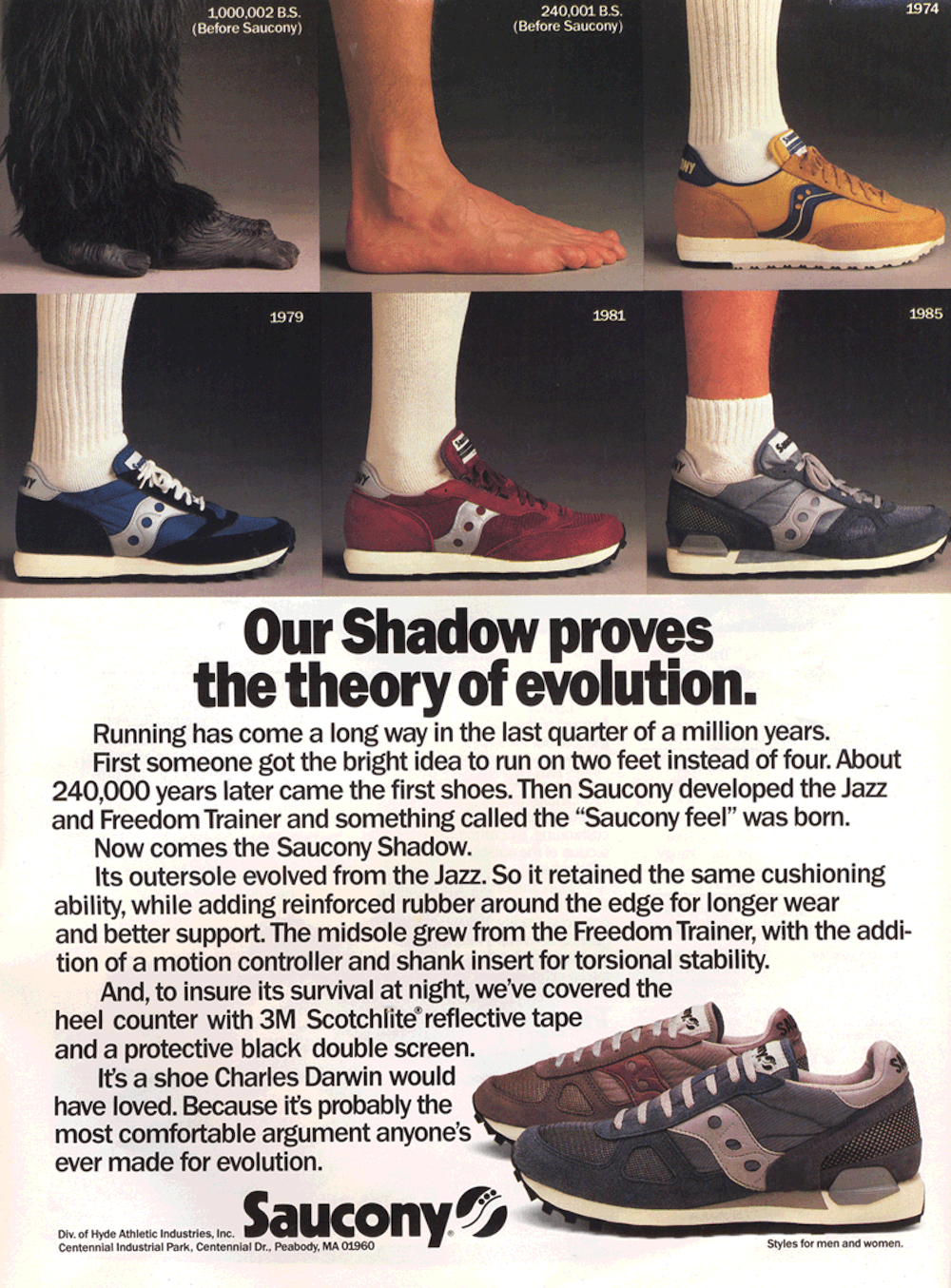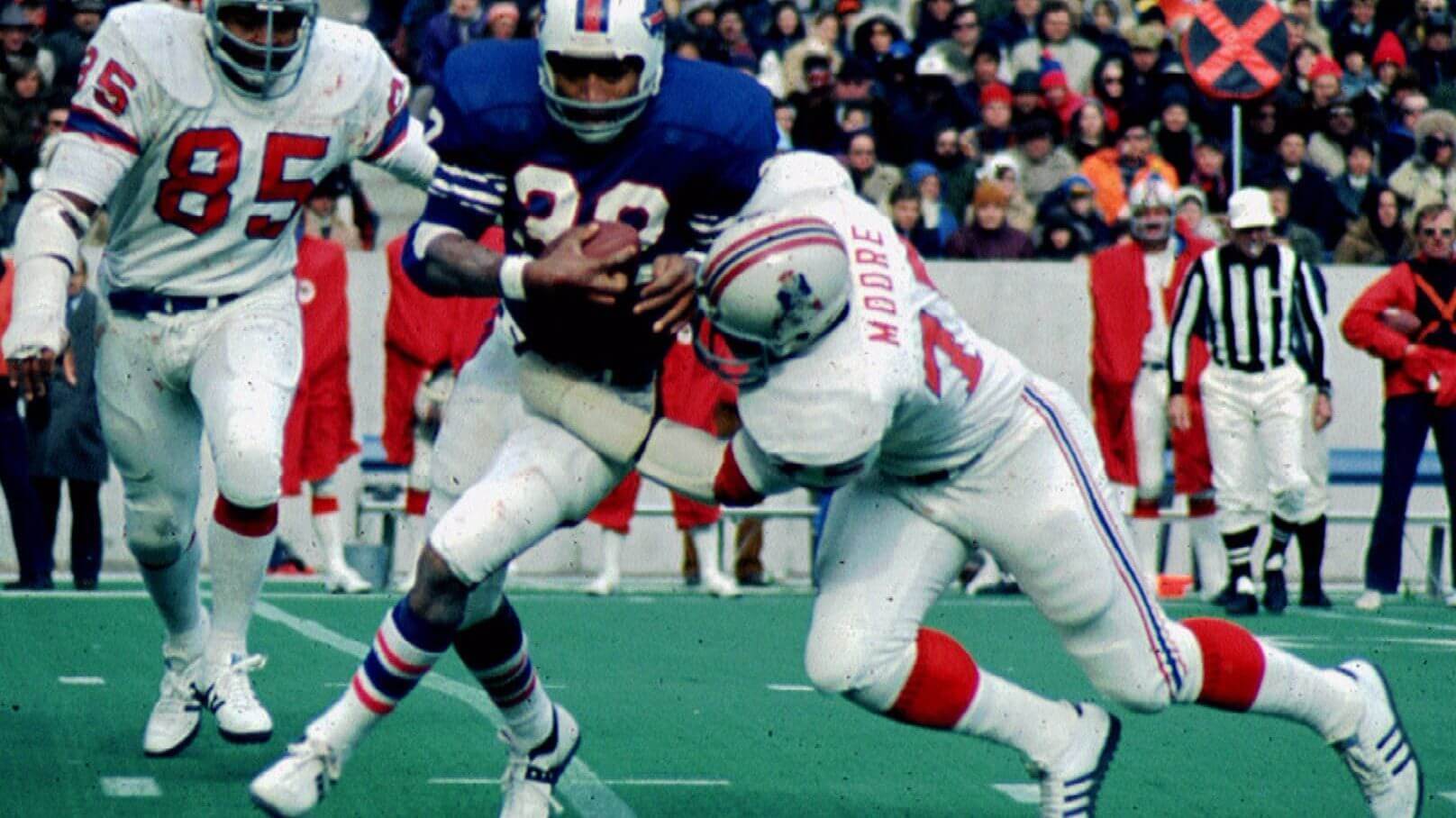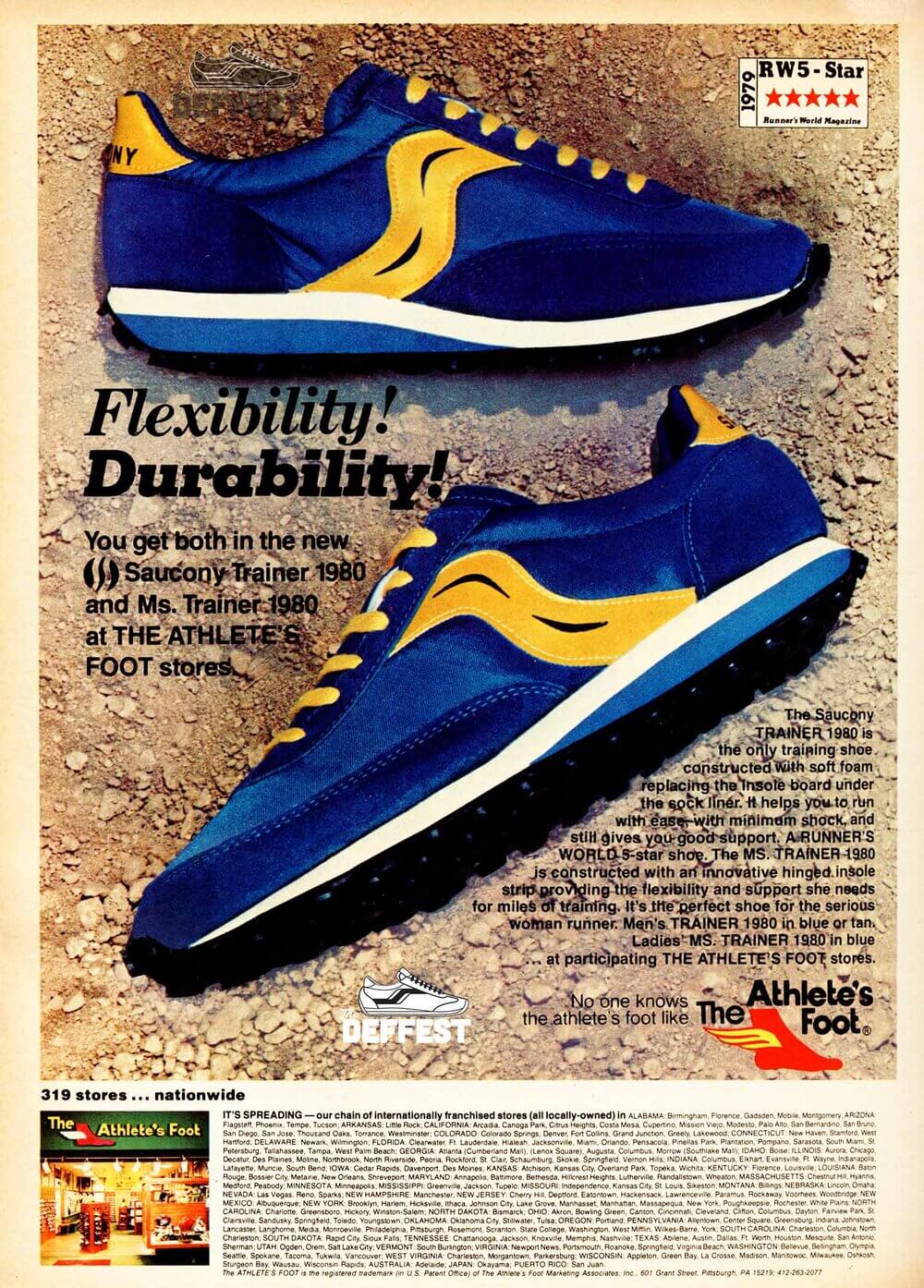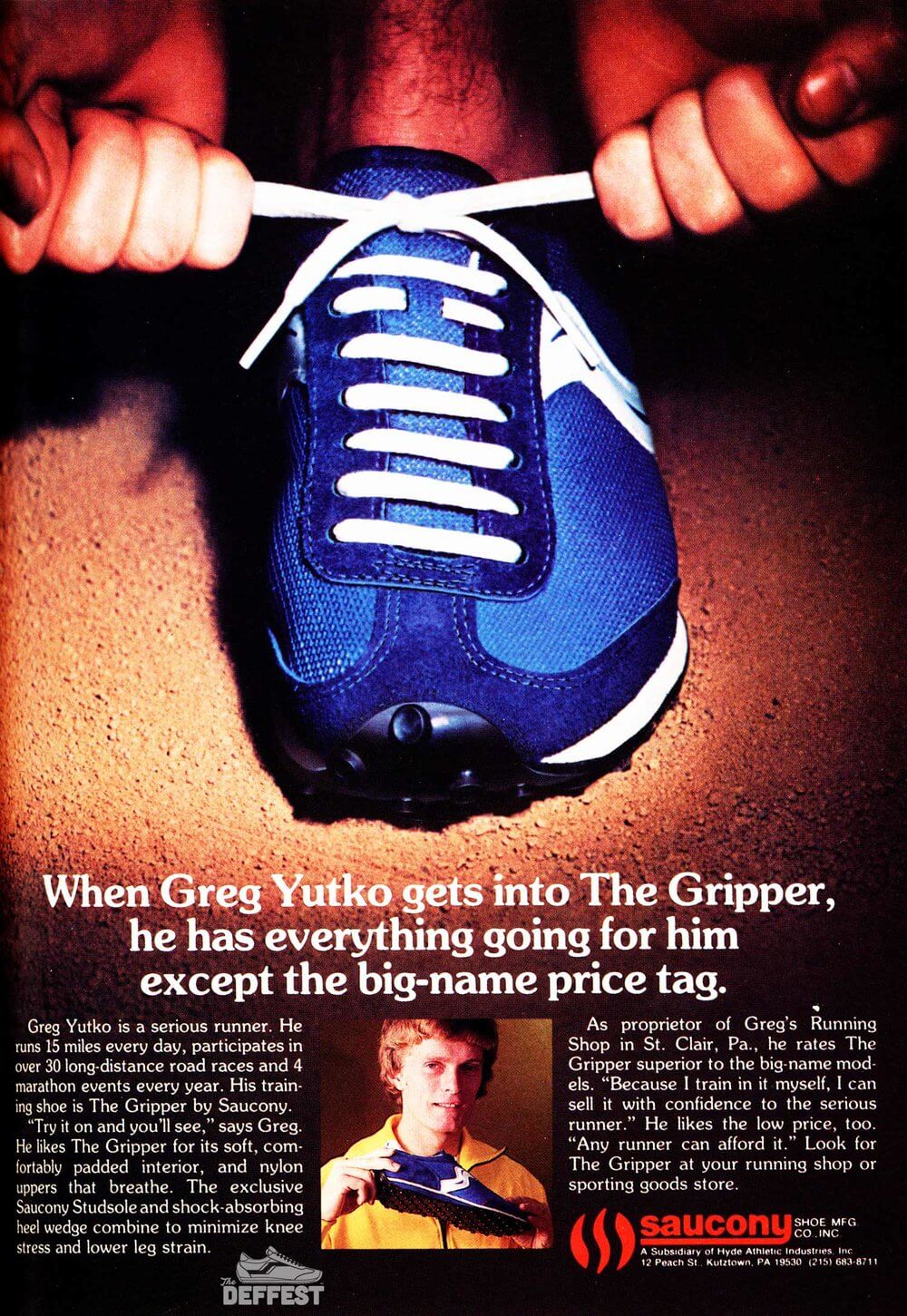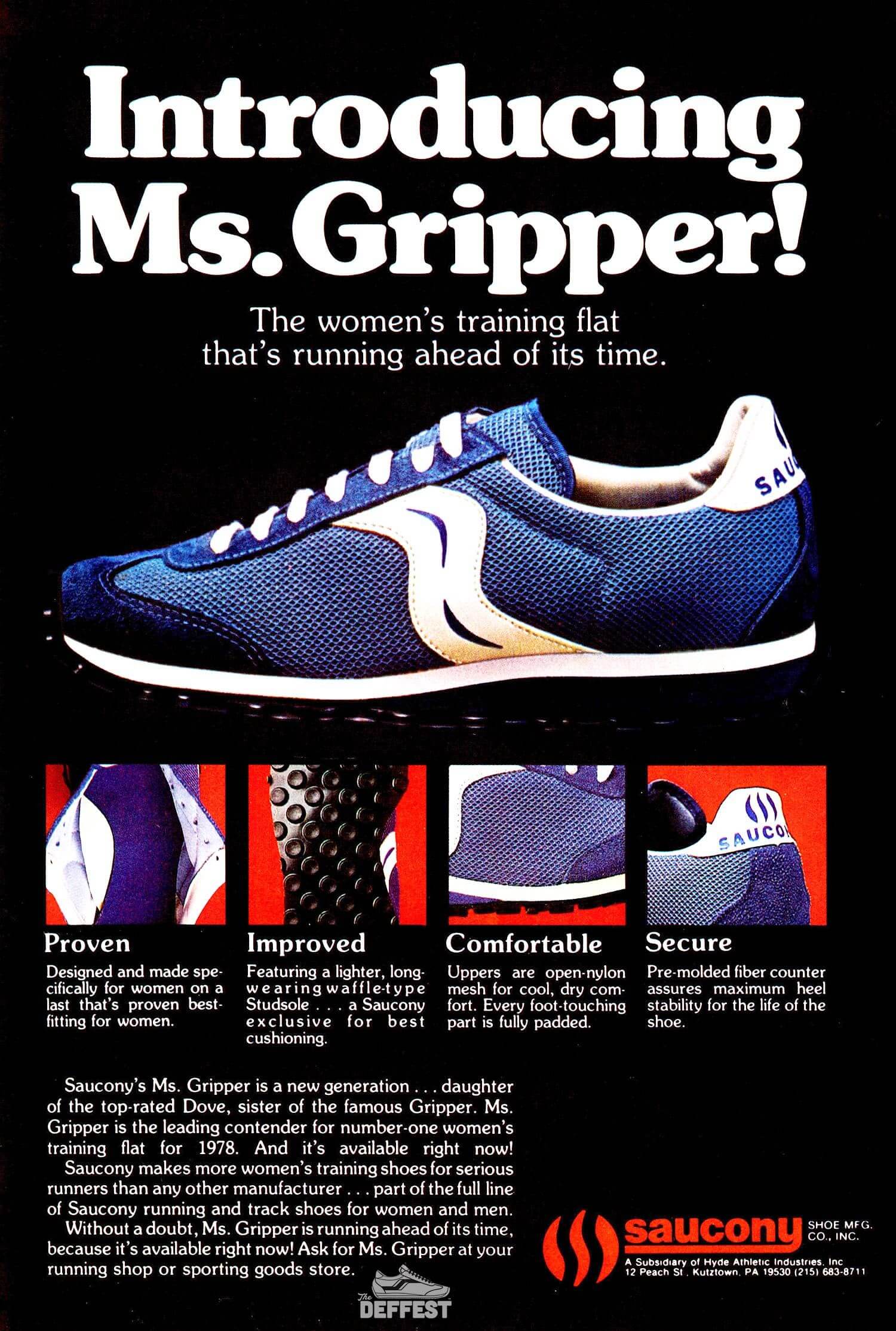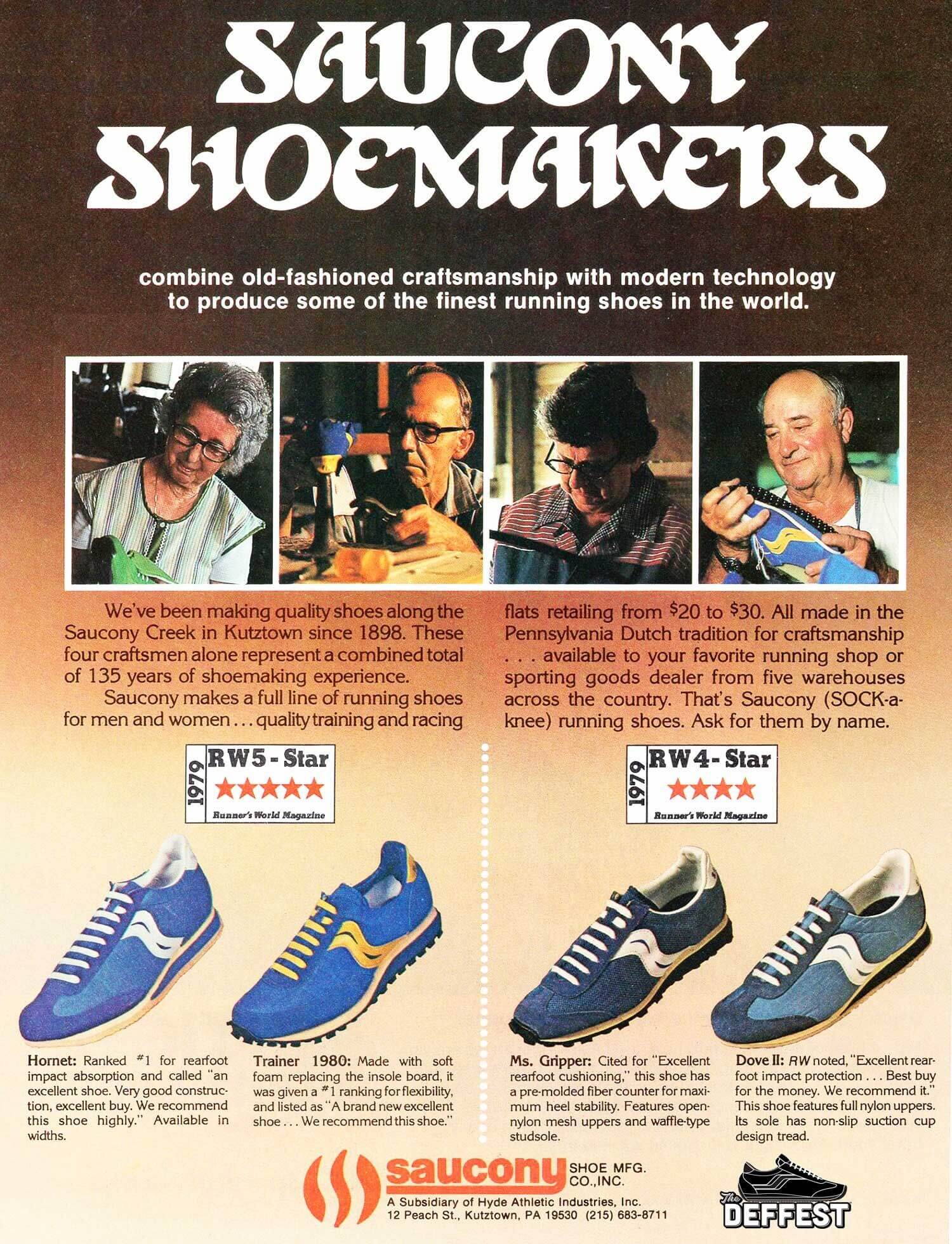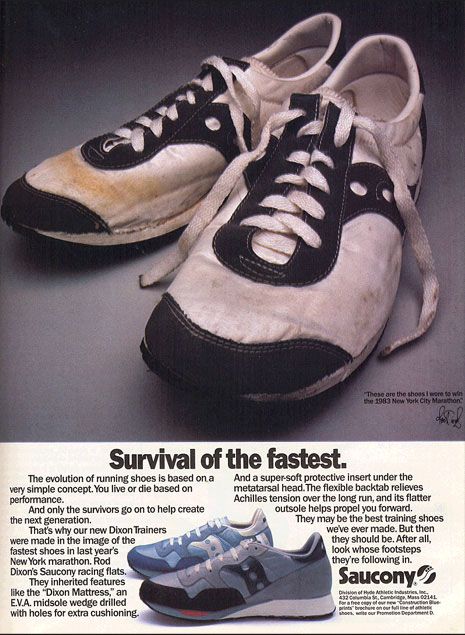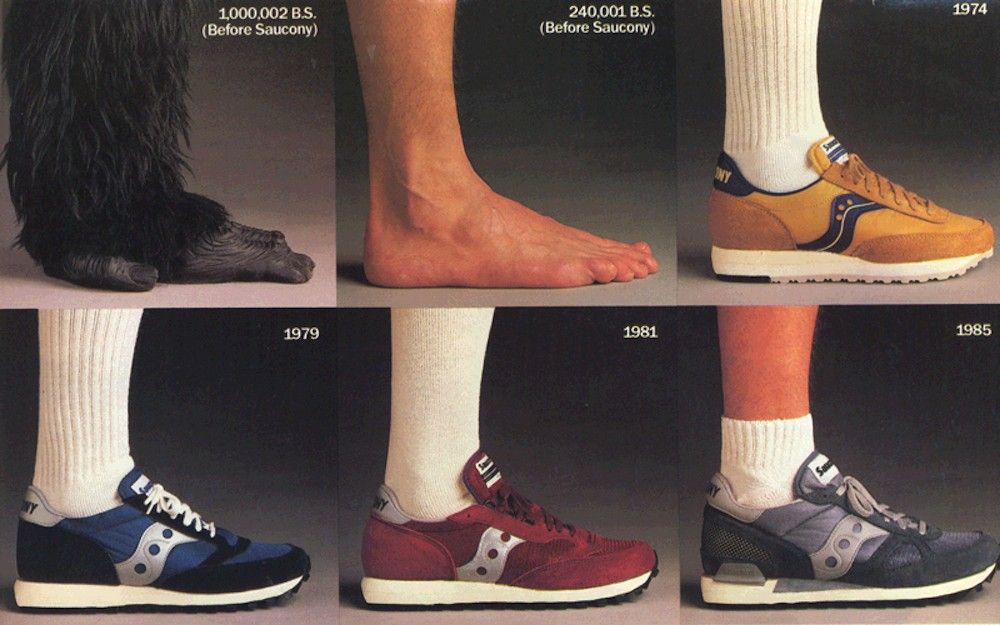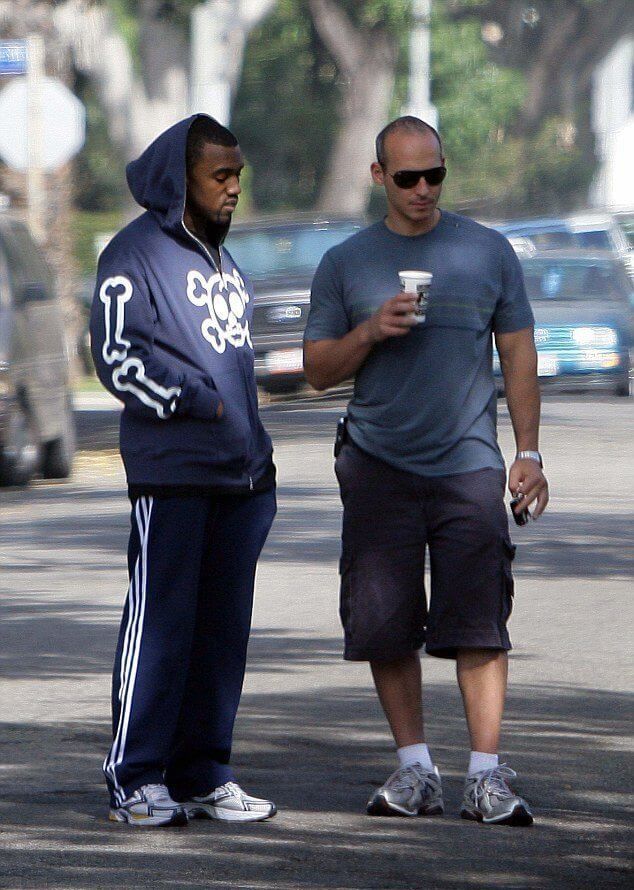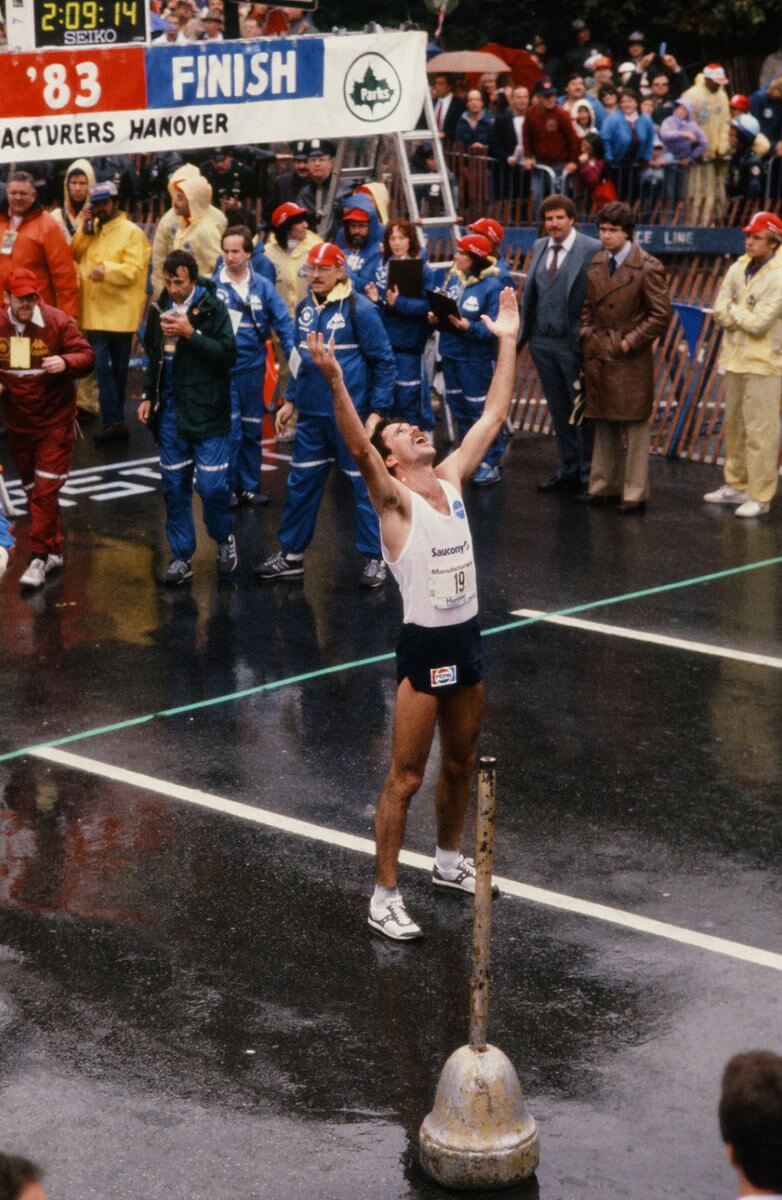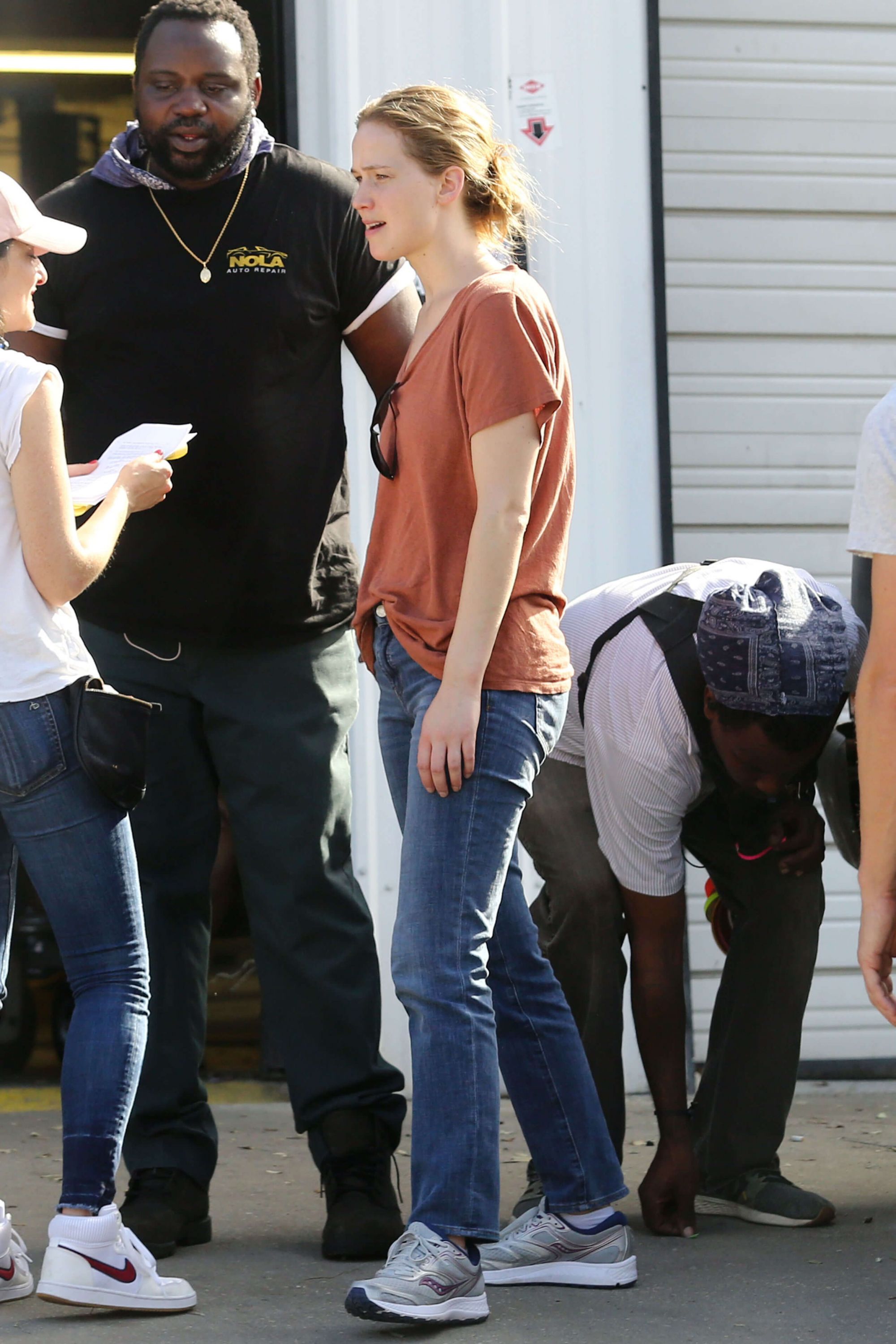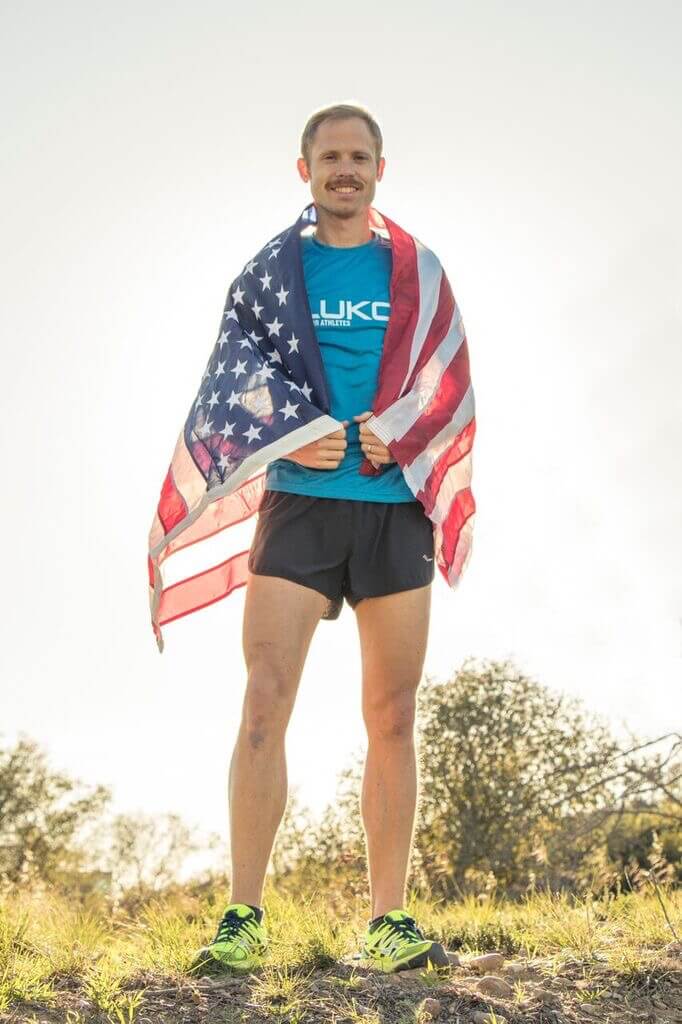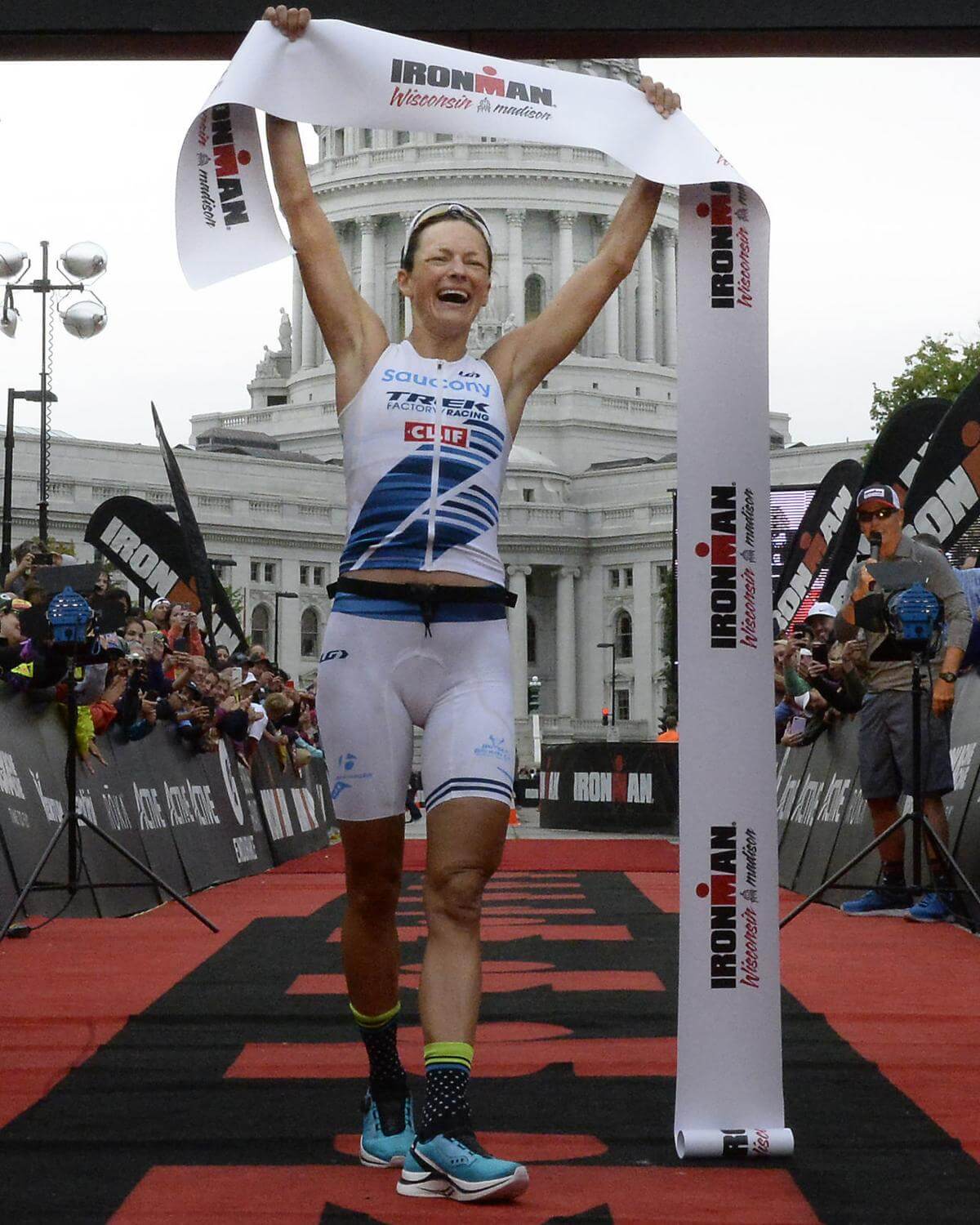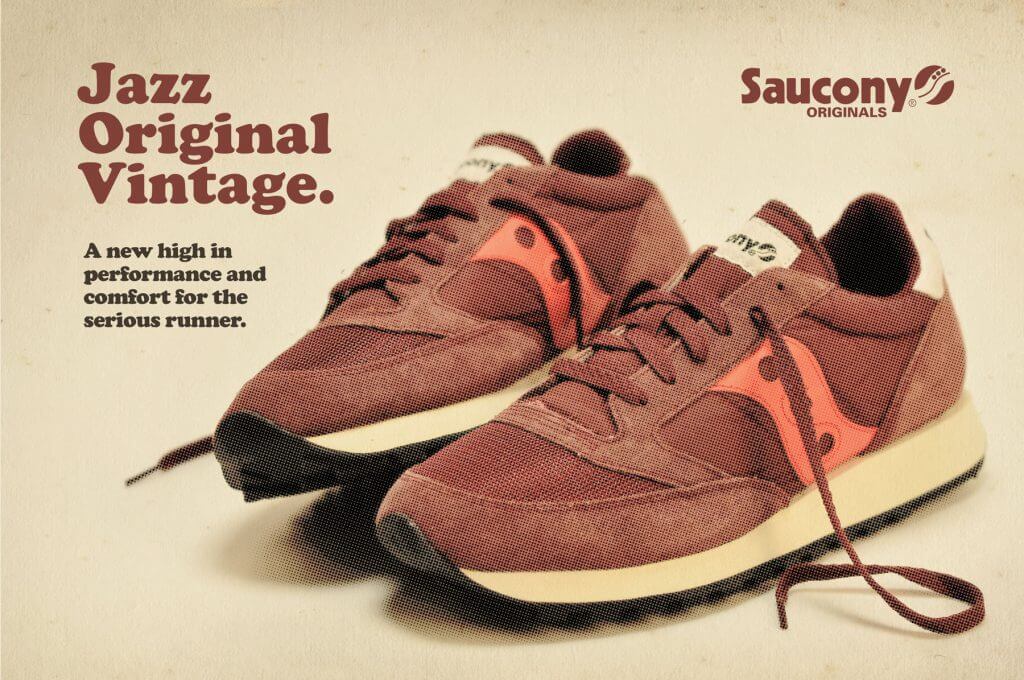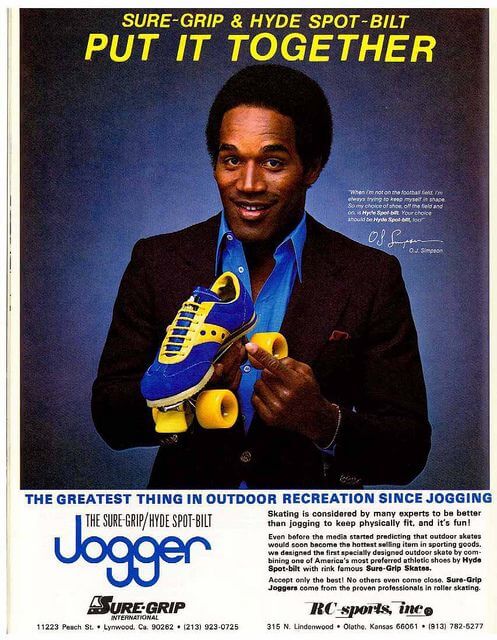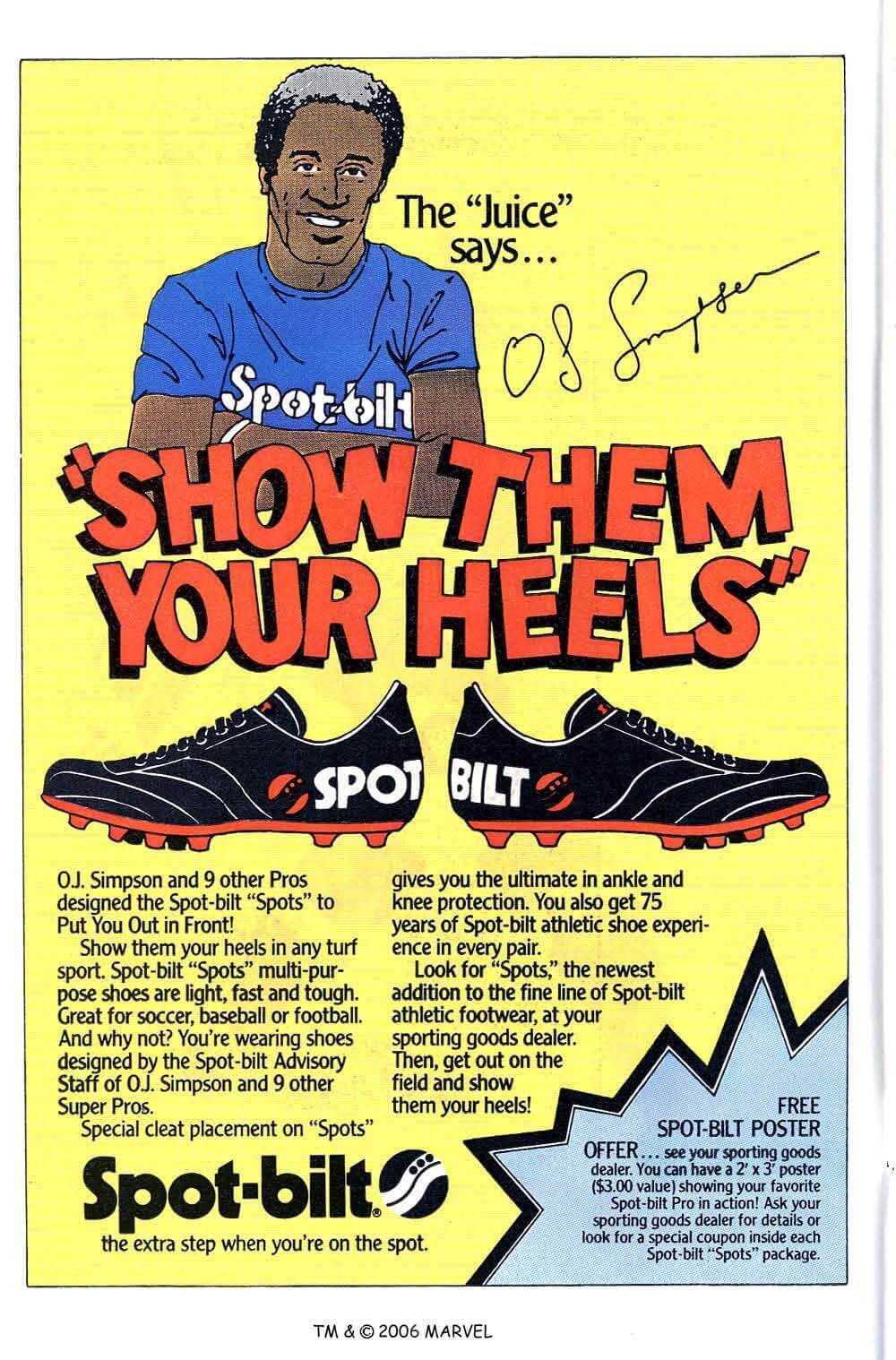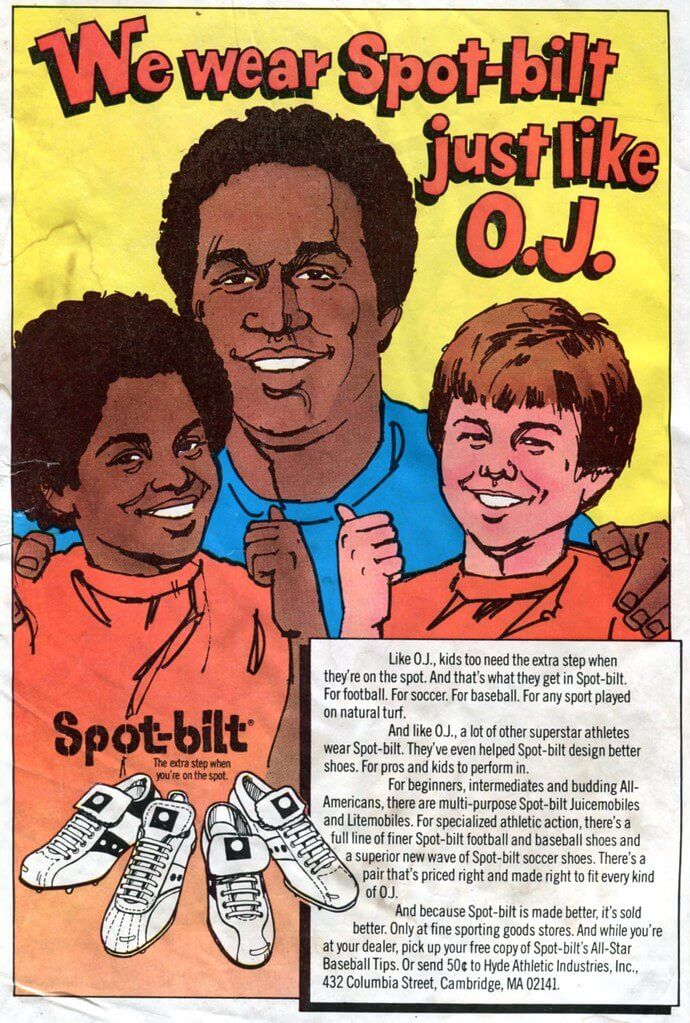
"Where two rivers run together": the story of Saucony A brand born on the banks of a river in Pennsylvania that arrived on the catwalks of Paris
Author Lorenzo Salamone
"Where two rivers run together":
the story of Saucony
A brand born on the banks of a river in Pennsylvania that arrived on the catwalks of Paris
The history of American athletics is also the history of the brands that have dressed its athletes with their own technical equipment. In this long history, the story of Saucony is that of the underdog who, in its 122 years of life, has managed to create a space among the icons of sportswear overseas combining technical research, study of archival models and deeply democratic values. From its sporting origins to the latest releases, such as the Grid Azura sneaker made in collaboration with Bodega or the reissues of the Jazz Originals model, Saucony has always played its own game and without giving up its heritage that has been enriched through the stories and realities accumulated around the identity of the brand over the decades.
The story of Saucony (whose correct pronunciation sounds like "sawkanee") begins in a small craft children's shoe workshop on the banks of the Saucony River in Kutztown, Pennsylvania. The brand specializes in technical running shoes, finding its authentic vocation and finding a strong success among athletics fans in the USA. The original location of Saucony Creek will forever remain the symbolic core of the brand: the wave-shaped logo on all the shoes represents the river's flow, punctuated by three boulders that became the three circles that still decorate it today. The same name of the resort of Saucony comes from the Native American term "saconk" which means "where the two rivers run together". The call to the aquatic element is a fundamental theme throughout the history of the brand, whose sneakers are always distinguished by their weight always below the average of the other shoes. In 1958, Saucony created the world's first high-performance running shoe, known as the 7446 Spike. At that time, in fact, there were no offerings dedicated to the world of running, despite the popularity that the discipline began to enjoy in America. The company developed until the late 1960s and was acquired by Hyde Athletic Industries, becoming its flagship brand and moving its headquarters to Cambridge, Massachusetts.
In those years, what was later known as the "running boom of the 1970s" occurred in America, during which time running and jogging became national sports, involving more than 25 million Americans, including then-President Jimmy Carter. The triggering event of this boom was Frank Shorter's victory at the Munich Olympic Marathon in '72 - a sporting event that enjoyed one of the biggest media coverage of that decade. Shorter's victory at the Olympics was not the only factor in this sudden cultural shift: in the same years athletics brands like Saucony had become increasingly specialized and popular, running was an inclusive sport and thanks to athletes such as Kathrine Switzer and Jacqueline Hansen became popular among women and gained cultural recognition thanks to the running manuals of Jim Fixx and George Sheehan as well as for Runner’s World magazine , which still remains open today and became monthly in '73. It was Runner's World that included two of Saucony's running models in '79 as some of the best running sneakers in the world, especially in the case of the Hornet silhouette – a mention that pushed the demand for Saucony sneakers to increase twentyfold by the following year.
1980 was the year of the Trainer 80, another historic model of the brand, which ended up becoming the unofficial archetype of running shoes made in the U.S. It was one of the first sneakers of its kind not to have a cardboard layer between sole and upper - a type of innovation that became the standard for all other sneaker manufacturers. The following year marked the arrival of Saucony Jazz, one of the brand's most famous models that introduced the triangular geometric pattern into the sole, a feature that became one of the brand's signature. In 1983, New Zealander Rod Dixon won the New York Marathon wearing DXN Trainers (which he had also helped design) and making the brand even more famous, but the breakthrough came in 1984 when the brand signed with its first official ambassador: athlete-star O.J. Simpson. In those years, when more and more athletes signed prestigious testimonial contracts, Simpson tried to make the young Michael Jordan the new face of Saucony. According to the director of the documentary The Last Dance, Jason Hehir, the brand entered the competition with adidas and Nike to get Jordan's signature, going so far as to offer him as much as the Beaverton brand offered him.
After passing the explosive phase between the 80s and the 90s, Saucony came to the threshold of 2000 with a new project: to translate its sporting heritage into the market of lifestyle sneakers. The project aimed to collect all the most iconic silhouettes of the brand by reproposing them as part of a new line that channeled both the nostalgic aesthetic of the past decade and the latest technological innovations coming from the most athletic side of the brand's production. It was then that, on the occasion of the brand's centenary, in 1998, Saucony inaugurated its own line of lifestyle sneakers, Saucony Originals, which updated the design of iconic silhouettes such as Jazz, DXN, Shadow and Grid while keeping its original style intact. One of the most successful new models, however, was the Saucony Kinvara, first presented in 2009, perhaps the first running shoe to apply the concept of natural running and created with the collaboration of Thriatlon linsey Corbin who finished third at the Ironman World Championships that year wearing one of the first prototypes. Kinvara is still one of the best running shoes around, and even promising young Molly Seidel, who will represent the USA at the upcoming Tokyo Olympics, said in an interview with Footwear News that she often uses it in her workouts.
Today, Saucony is experiencing a new evolution that, always starting from meticulous archival research and constant technical innovation, continues to produce lifestyle sneakers with high performance, always reworking its most classic models, as in the case of the collaboration with Bodega or With Kith that have given new spin to the silhouette Grid Web – another of the symbols of the brand – or the one with WHITE MOUNTAINEERING seen at the last Paris Fashion Week FW20. Collaboration, the latter, which testifies to how the soul of the brand is now able to move everywhere, both towards the classicism of tradition and towards much more futuristic styles.
Today, Saucony is experiencing a new evolution that, always starting from meticulous archival research and constant technical innovation, continues to produce lifestyle sneakers with high performance, always reworking its most classic models, as in the case of the collaboration with Bodega or With Kith that have given new spin to the silhouette Grid Web – another of the symbols of the brand – or the one with WHITE MOUNTAINEERING seen at the last Paris Fashion Week FW20. Collaboration, the latter, which testifies to how the soul of the brand is now able to move everywhere, both towards the classicism of tradition and towards much more futuristic styles.










































